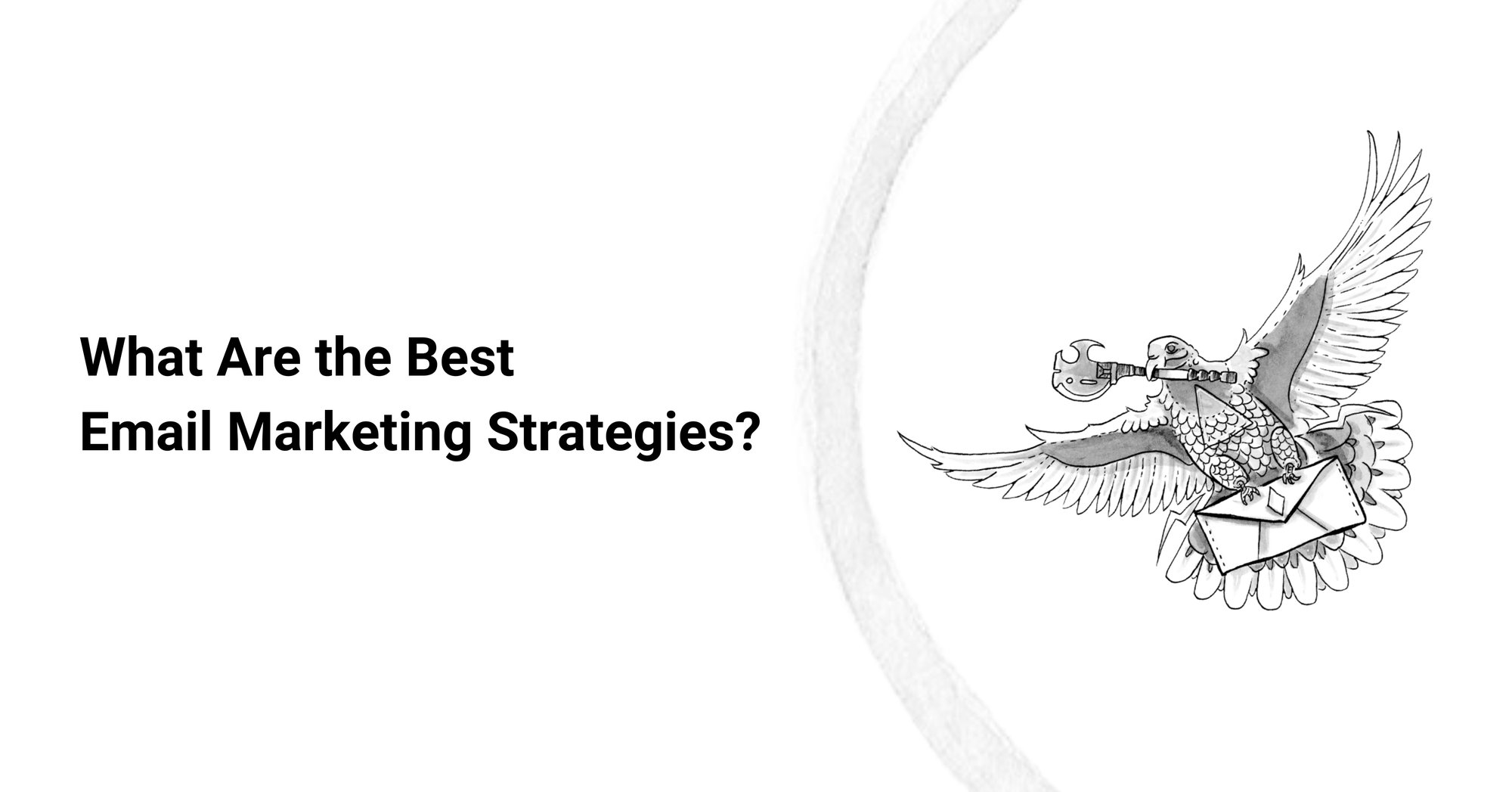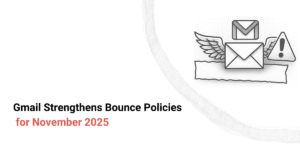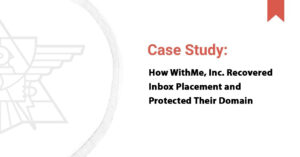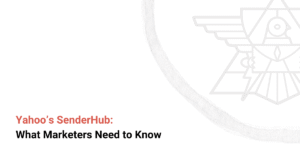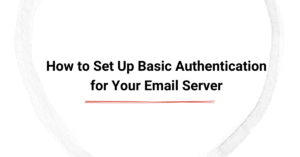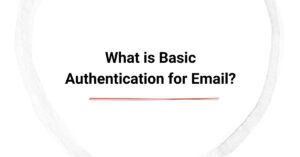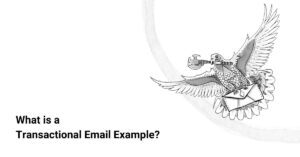Inbox clutter is real. The sheer volume of emails flooding users' inboxes every day makes it tough for your message to stand out. That’s why the best email marketing strategies are essential in cutting through the noise.
These strategies focus on delivering personalized, relevant, and timely messages that not only catch the eye but also spark engagement and drive results. As marketers, we need to craft campaigns that don’t just hit the inbox but also connect with the audience on a deeper level, transforming clicks into conversions.
If you’re here, it means you care about refining your approach and boosting your email marketing performance. Whether you’re managing a B2B SaaS platform, a product-based company, or leading a digital marketing campaign, applying the best email marketing strategies will make the difference between mediocre results and long-term success. In this article, we’ll explore how segmentation, automation, personalization, and testing can better your email marketing to its highest potential.
Let’s see how we can maximize your campaign performance with these expert tips on email marketing.
What is Email Marketing Strategy?
Before we dive into the best email marketing strategies, let’s define what an email marketing strategy actually entails.
An email marketing strategy is a data-driven plan that focuses on delivering valuable content to your target audience at the right time. A strategic approach ensures that every email you send aligns with your business goals while meeting the needs and preferences of your subscribers. Without a clear strategy, email campaigns can lack focus, leading to low engagement rates and wasted resources.
By aligning emails with both subscriber behavior and business objectives, a solid email strategy can help you build relationships with prospects, increase ROI, and improve customer retention. This targeted approach is what separates effective email marketing campaigns from those that go unnoticed.
What Are the Best Email Marketing Strategies?
Now that we understand what email marketing strategy is, let’s take a look at the best email marketing strategies that will help you craft emails that resonate with your audience, improve engagement, and maximize conversions. These strategies involve a combination of audience segmentation, personalized content, automated workflows, and continuous optimization.
Audience Segmentation

Introduction: Audience segmentation is one of the most powerful tactics for creating relevant and personalized email content. By segmenting your email list, you ensure that each message is tailored to meet the needs of different groups of subscribers.
Definition: Audience segmentation refers to dividing your email list into smaller, targeted groups based on shared characteristics like demographics, behaviors, or previous interactions.
Role: The goal of segmentation is to make your emails more relevant to each subscriber. The more relevant your content, the more likely your subscribers are to engage with your emails.
Example: For a SaaS company, you might segment leads based on their industry, where in the sales funnel they are, or their past engagement with your emails.
Tips: Utilize demographic data (e.g., age, location), behavioral data (e.g., purchase history, website activity), and engagement metrics (e.g., opens, clicks) to segment your list effectively. The more granular the segmentation, the more personalized and impactful your emails can be.
Personalization
Introduction: Personalization is no longer a “nice-to-have” – it’s a must. By customizing content, offers, and subject lines based on individual preferences, you significantly boost email engagement.
Definition: Personalization is the practice of tailoring email content to each recipient using their data and behavior.
Role: Personalized emails lead to higher open rates, click-through rates, and conversions because they speak directly to the recipient’s needs, preferences, and behavior.
Example: A simple way to personalize emails is by including the recipient’s first name in the subject line or body of the email. However, true personalization goes beyond just names. For instance, a SaaS company might recommend relevant features or upgrades based on a user’s past activity.
Tips: Move beyond generic placeholders and use behavioral data, such as browsing history or abandoned cart information, to customize your emails. Personalizing content—whether in promotional campaigns or email newsletters—according to a subscriber’s past interactions with your brand creates a much stronger connection.
Email Automation
Introduction: Automating your email marketing processes can save you time, increase efficiency, and ensure that your messages are delivered at the most effective times, without manual intervention.
Definition: Email automation is the use of technology to send emails based on predefined triggers, such as user behavior or specific actions taken on your website.
Role: Automation helps ensure that your emails are sent at exactly the right time, with the right message, to the right person—even as they check their inboxes on mobile devices throughout the day. It also allows you to nurture leads throughout the customer journey without having to manually send every email.
Example: Examples of automated emails include welcome emails, transactional emails, abandoned cart reminders, re-engagement campaigns, and post-purchase follow-ups.
Tips: Start with simple automation workflows like welcome emails or birthday offers, then move on to more complex workflows like customer lifecycle emails based on user behavior. A/B testing can also help you optimize these automated campaigns.
A/B Testing and Optimization

Introduction: Testing is an integral part of refining your email marketing strategies. By regularly testing and optimizing your emails, you can improve their effectiveness over time.
Definition: A/B testing is a method of comparing two versions of an email (e.g., subject line, content layout, CTA button) to determine which one performs better with your audience.
Role: Continuous testing allows you to identify which elements resonate best with your audience, leading to better results and more effective campaigns.
Example: Test different subject lines to see which one generates a higher open rate, or compare the performance of two different CTAs to find out which one leads to more conversions.
Tips: Always test one variable at a time so you can accurately attribute changes in performance. Make sure to measure the results thoroughly to inform future email campaigns. The goal of A/B testing is to constantly refine and improve your email strategy.
Why These Strategies Are Important
Now that we’ve covered the best email marketing strategies, let’s look at why they matter. These strategies are not just buzzwords—they are essential to creating a high-performing email marketing campaign that yields significant results.
Boosting Engagement Rates
When you implement segmentation, personalization, and continuous optimization, engagement rates tend to increase significantly. By sending targeted and relevant emails, you show your subscribers that you understand their needs and care about delivering the content that matters most to them.
A focus on relevance and personalization also means you’re more likely to see higher open rates, click-through rates, and conversions. The goal is to create emails that stand out, grab attention, and get results.
Improving ROI and Retention
Email marketing is one of the most cost-effective ways to engage with prospects and customers. By automating workflows and continuously improving your email strategy, you’ll increase ROI and improve customer retention.
An optimized email marketing strategy nurtures potential customers, moves them through the sales funnel, and keeps them engaged long-term. When your emails consistently provide value, customers are more likely to stay loyal to your brand.
Building Trust and Relevance
When your emails are relevant, timely, and aligned with the needs of your subscribers, you create stronger, more meaningful relationships. Over time, this builds trust and encourages subscribers to continue engaging with your emails.
By sending personalized and segmented content, you show your subscribers that you value their time and attention. The more relevant your emails are, the more likely they are to convert.
Steps to Build the Best Email Marketing Strategies
You’ve learned about the best email marketing strategies. Now, let’s talk about how to implement them effectively. Here are the essential steps for creating a winning email strategy that delivers real results.
Step 1 – Define Goals and Metrics
Start by setting clear objectives for your email campaigns—whether it's sales, customer retention, or brand awareness. Once you have defined your goals, choose the right KPIs to track performance.
Step 2 – Understand and Segment Your Audience
To create targeted emails, use demographic and behavioral data to segment your audience. This will allow you to send more personalized, relevant content that speaks to each group’s needs.
Step 3 – Create Personalized, Value-Driven Content
Make sure that your email content addresses the specific needs and interests of each segment. Whether you’re offering a solution, promoting a product, or providing educational content, ensure the message resonates with each recipient.
Step 4 – Automate and Scale
Implement automation workflows that allow you to deliver timely and relevant messages at scale. Automating emails like welcome messages and abandoned cart reminders can save you time and improve the customer experience.
Step 5 – Test, Analyze, Improve
Testing is an ongoing process. Regularly test different elements of your emails—such as subject lines, CTAs, and design—and use performance data to optimize your campaigns. This iterative process will help you continuously improve your email strategy and boost campaign success.
Common Challenges and Solutions in Email Marketing Strategy
Low Engagement Rates
Problem: Generic emails that don’t address the needs of the audience result in low engagement.
High Unsubscribe or Bounce Rates
Problem: Sending emails too frequently or to outdated email addresses leads to high unsubscribe or bounce rates.
Solution: Use verified email lists to ensure deliverability, regularly clean your email list, and set up re-engagement campaigns to win back inactive users.
Poor Automation Setup
Problem: Overcomplicated or poorly designed workflows can result in ineffective automation.
Solution: Regularly audit your email automations and make sure they align with your audience’s behavior.
Conclusion
The best email marketing strategies—segmentation, personalization, automation, and A/B testing—are critical for standing out in a crowded inbox and achieving meaningful results. By following these strategies, you’ll create a successful email marketing campaign that drives engagement, boosts conversions, and builds stronger customer relationships.
Want help building a high-impact email strategy? Contact us for a free strategy audit today!

